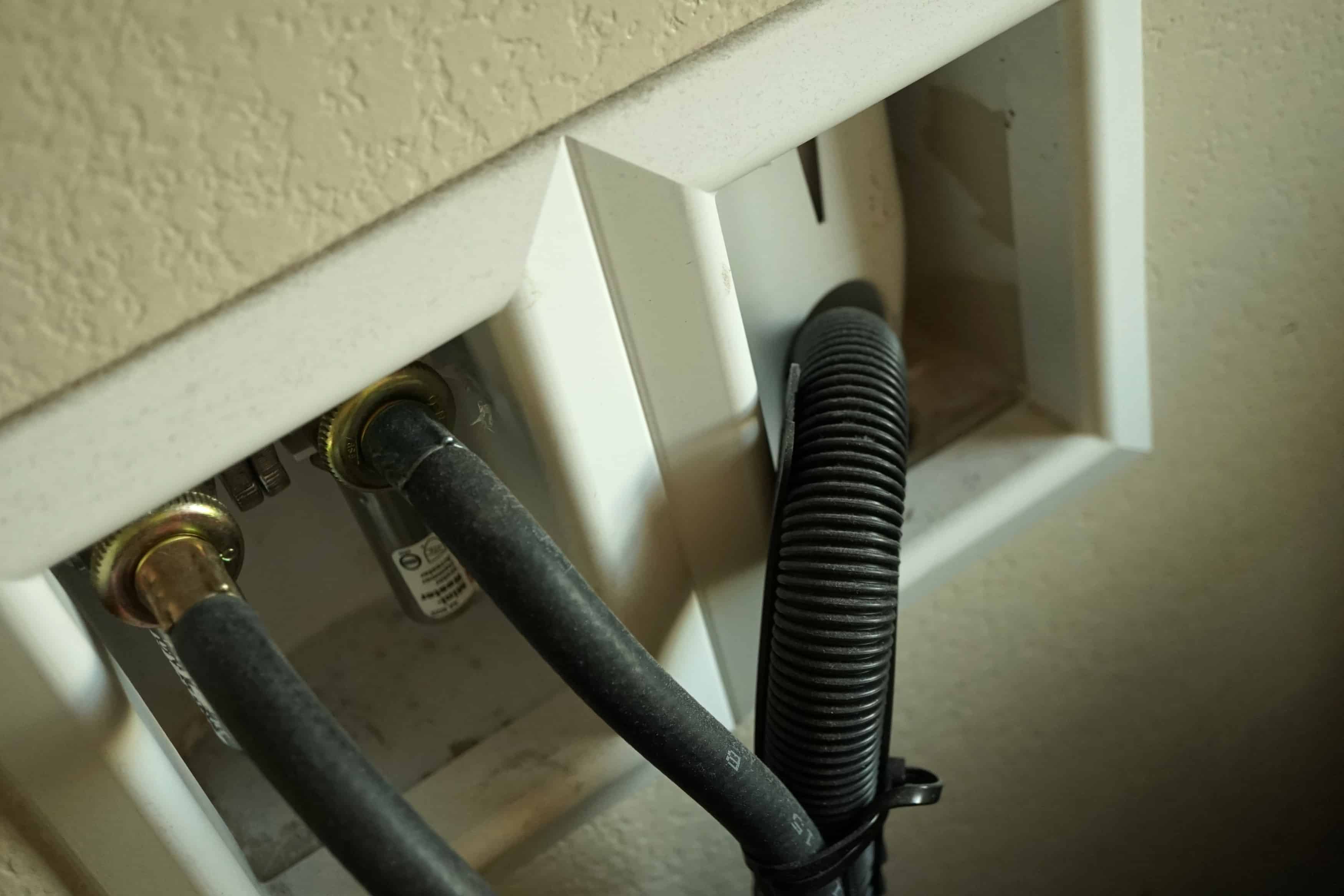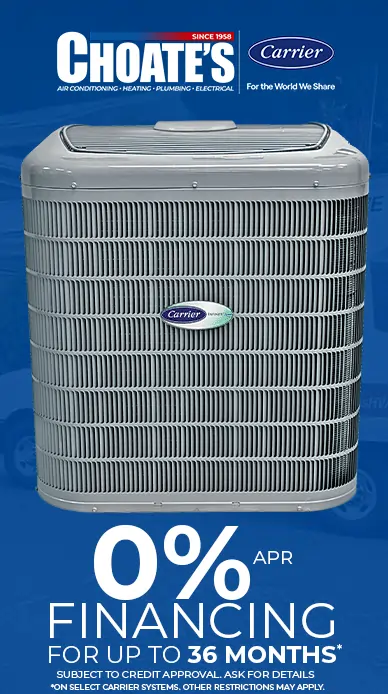901 755 4797
Estimated reading time: 3 minutes
Washing Machine Drain Issues And How To Handle Them
Few household problems can compare to an overflowing washing machine. Chances are, you use your machine daily, if not more. Once it overflows, you’ll be stuck without an in-house washing machine—and with gallons of water spilling into your home, causing significant damage and, often, costly repairs.
The solution: get ahead of overflowing washing machines with scheduled maintenance and annual check-ins—and if your machine does begin to overflow, act fast. This simple approach can help you curb issues and curb costly damage down the road.
How Does a Washing Machine Work?
Washing machines run through a series of cycles to wash, rinse and ultimately clean clothes. After cycling through the wash phase, the machine pumps out dirty water through an outlet tube mounted to the rear. The outlet is fitted with a flexible discharge hose that connects to the main sewer line. The machine pushes the dirty water through the discharge hose and into the drain.
Why Does a Washing Machine Overflow?
Washing machines overflow for a variety of reasons—the leading culprit, though, is a clog in the drain pipe. Lint and other debris come off of clothing during the wash cycle and are drained from the unit alongside the dirty water, potentially leading to clogs that can wreak havoc on your drain pipe. Old or damaged pipes, a kink in the discharge hose, a blockage in the main sewer line and wrong-sized pipes are other common problems.
How do I Stop an Overflowing Washing Machine?
If the machine starts overflowing, turn it off immediately to stop the water flowing. Next, clean any water that’s overflowed to minimize damage—a dehumidifier or fan are also helpful for drying moisture from the spill. While you may need to call a plumber for assistance, it’s important to check and confirm the drain pipe and discharge hose are still connected. If they are, then you know a clog may be present.
How to Prevent a Washing Machine Overflow
There are a few best practices that can help homeowners avoid this massive headache. These simple strategies may help prevent overflows and keep your machine running smoothly.
- Use a garment or lint bag to reduce the risk of clogs
- Inspect and clean your machine’s lint trip or filter monthly, if one is present
- Ensure that there is at last 1/2” of space between the drain pipe and discharge hose for ventilation
- Confirm the discharge hose is correctly attached to the drain pipe. Keep in mind, basic vibration can loosen the connection.
Choate’s HVAC can help keep overflows at bay. Contact us today and our expert team will assess your washing machine and check for any signs of clogs or overflow risks. From there, we’ll schedule routine maintenance to keep you up and running.
Already dealing with an overflow? Again, turn off your washing machine immediately, then contact us for a fast, reliable emergency visit. Our expert team will help you get your washing machine back up and running fast, while mitigating damage and preventing future risk.


